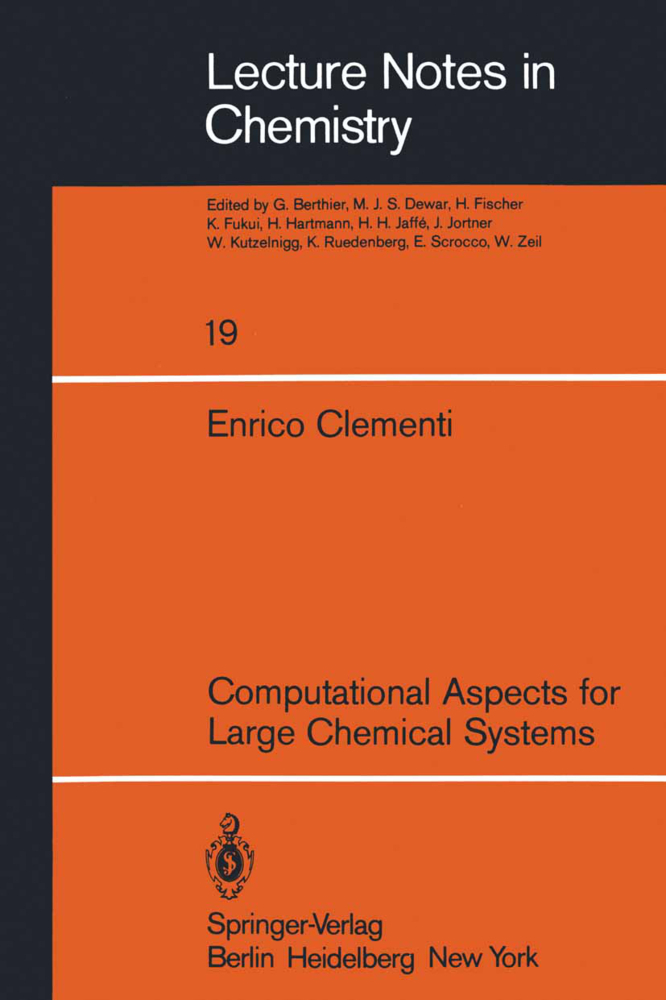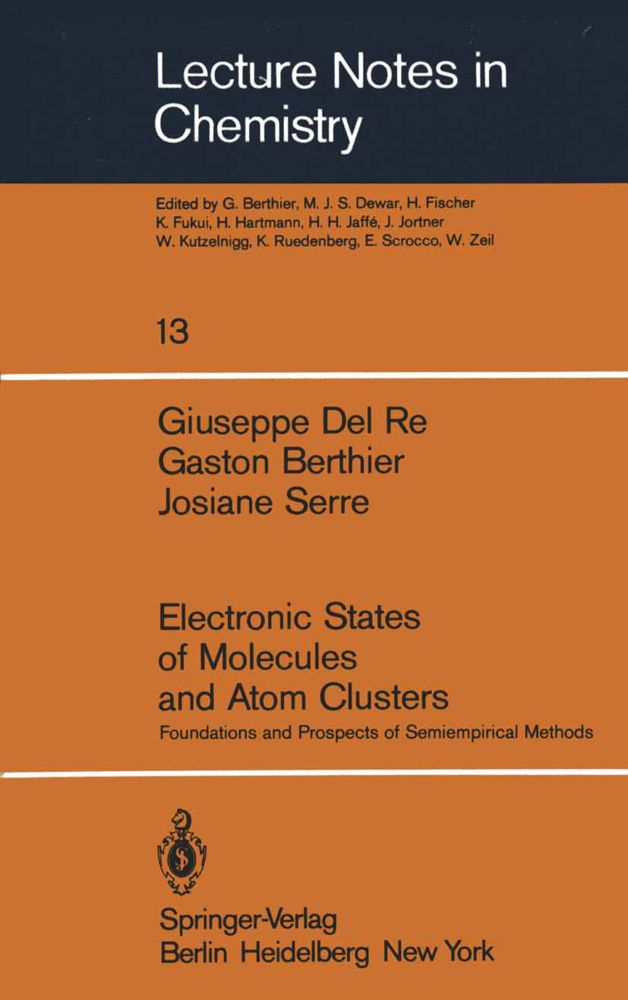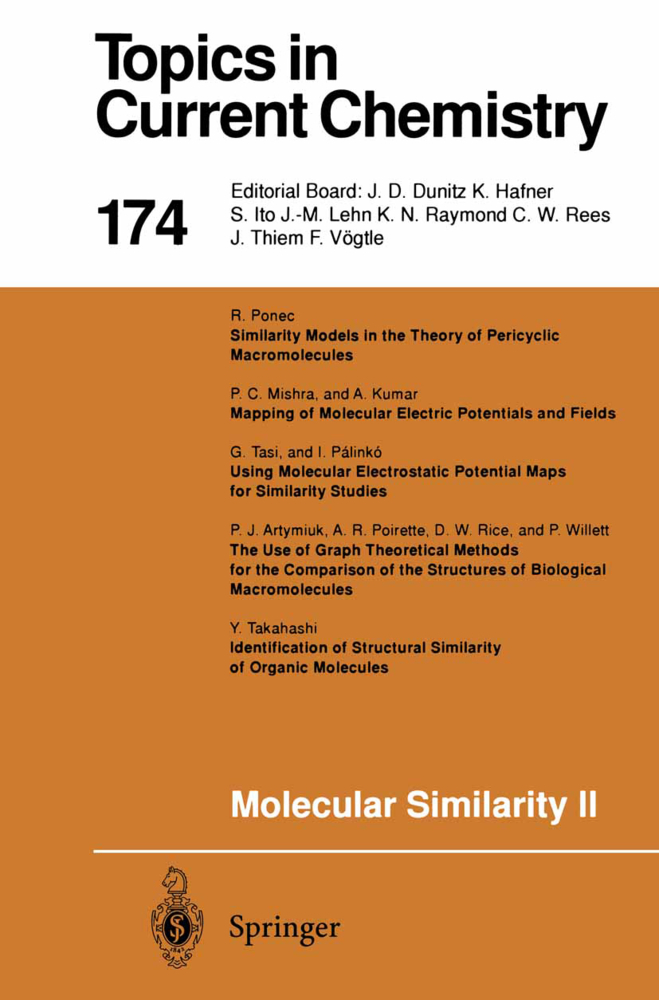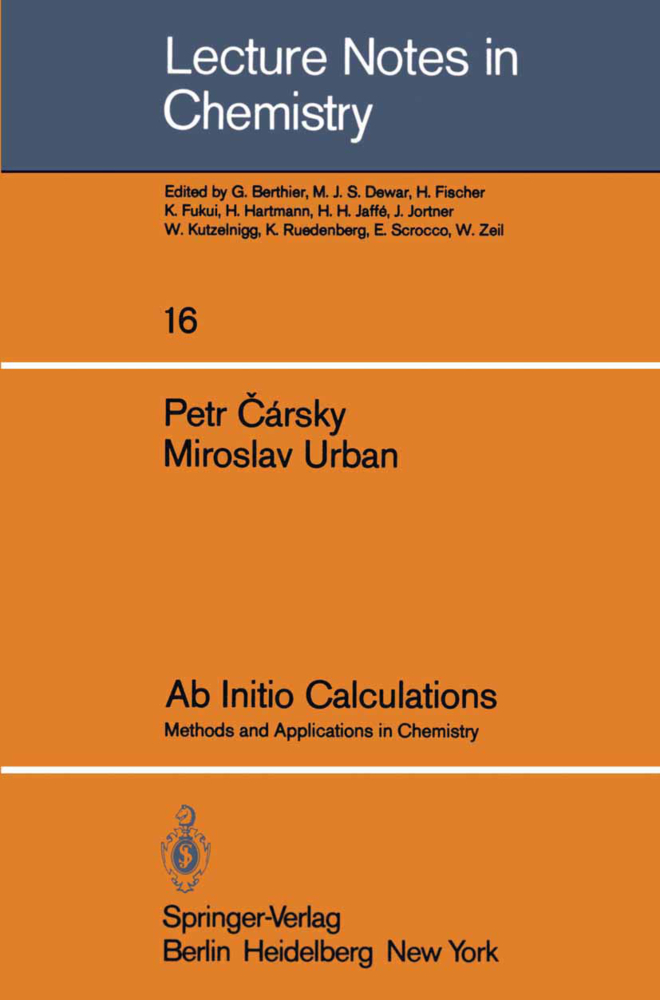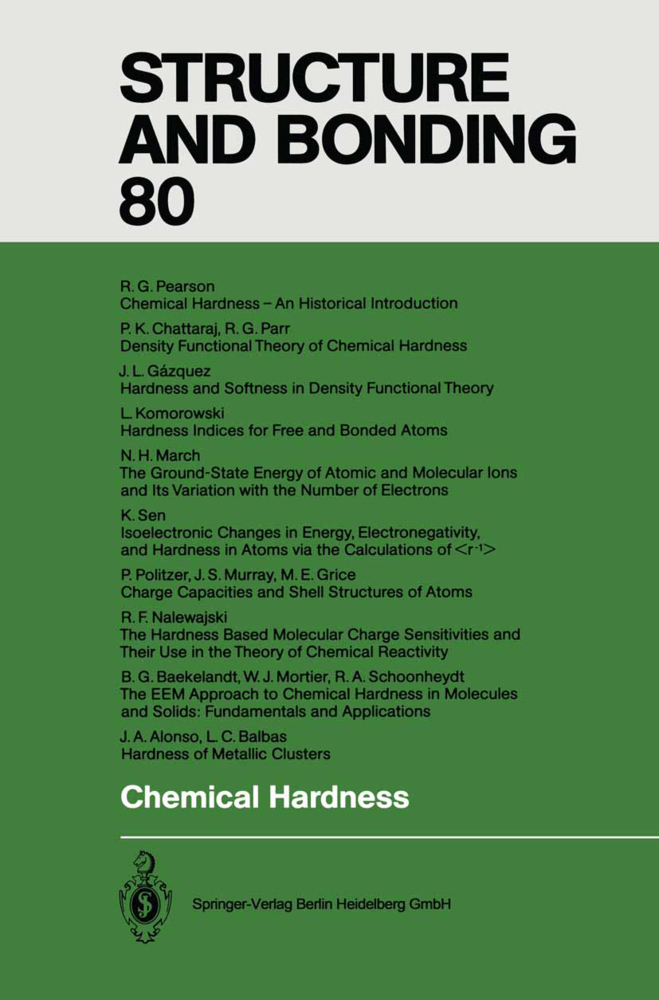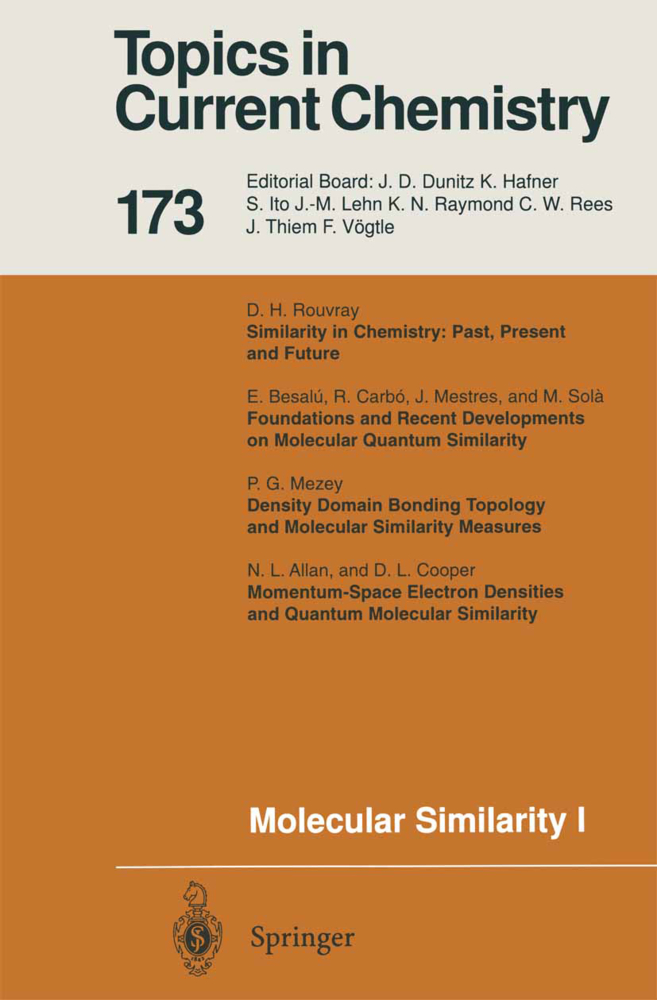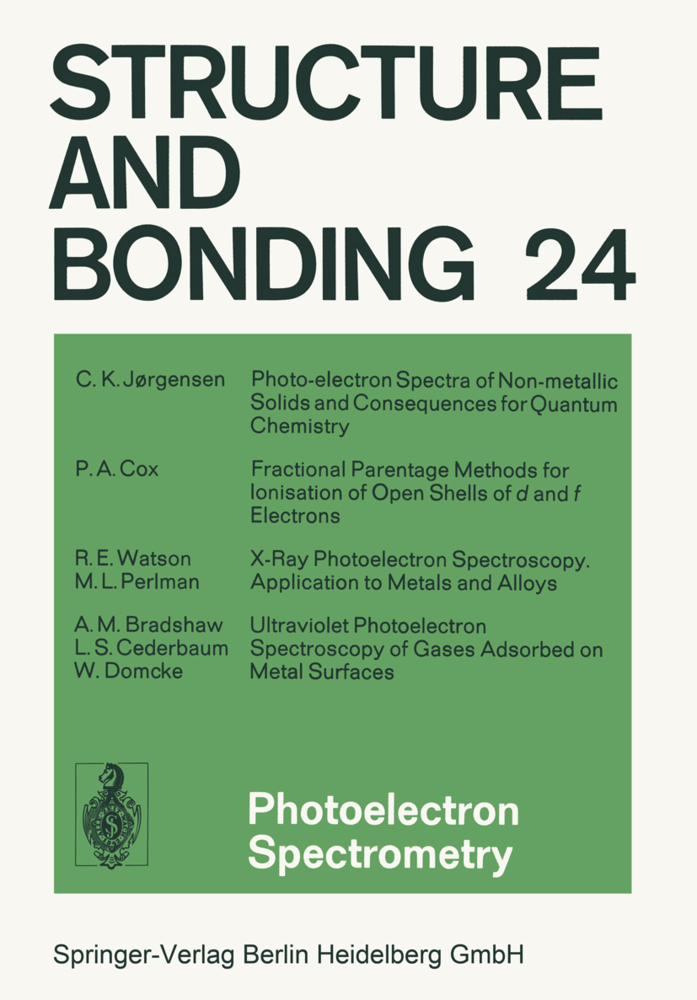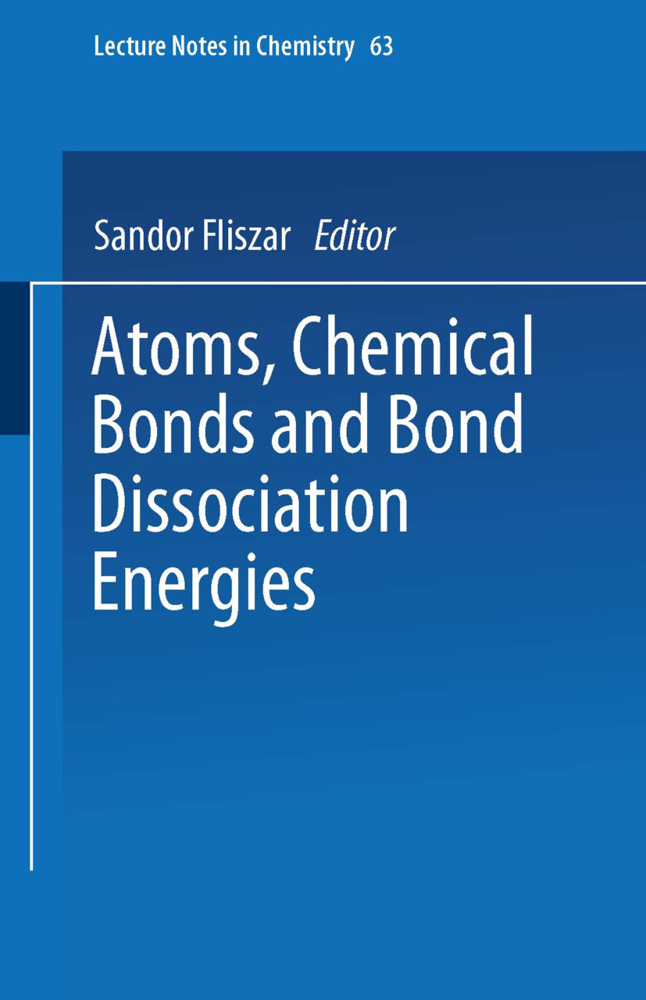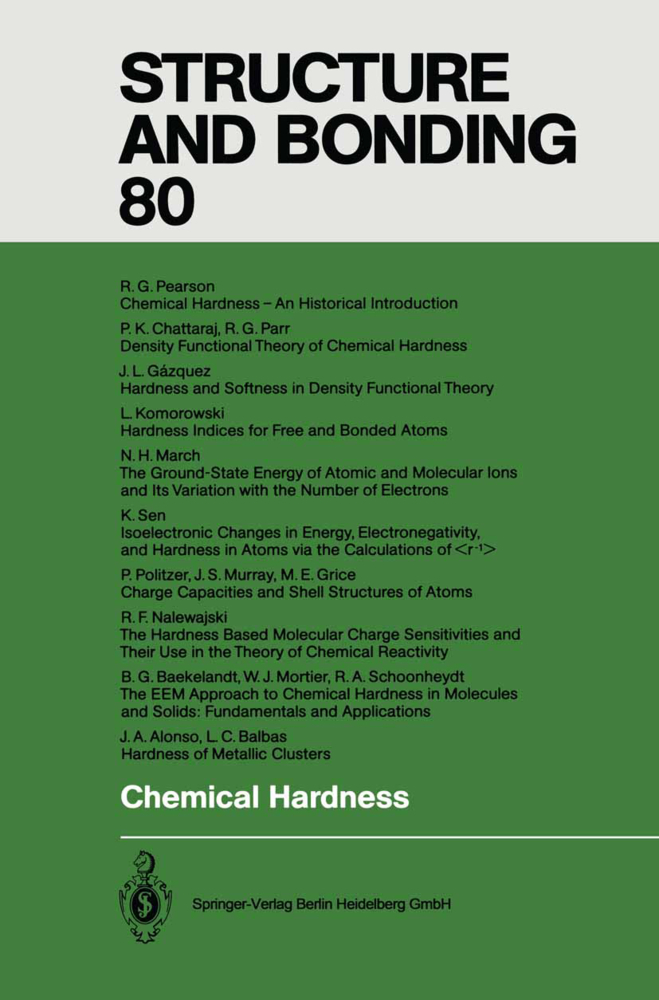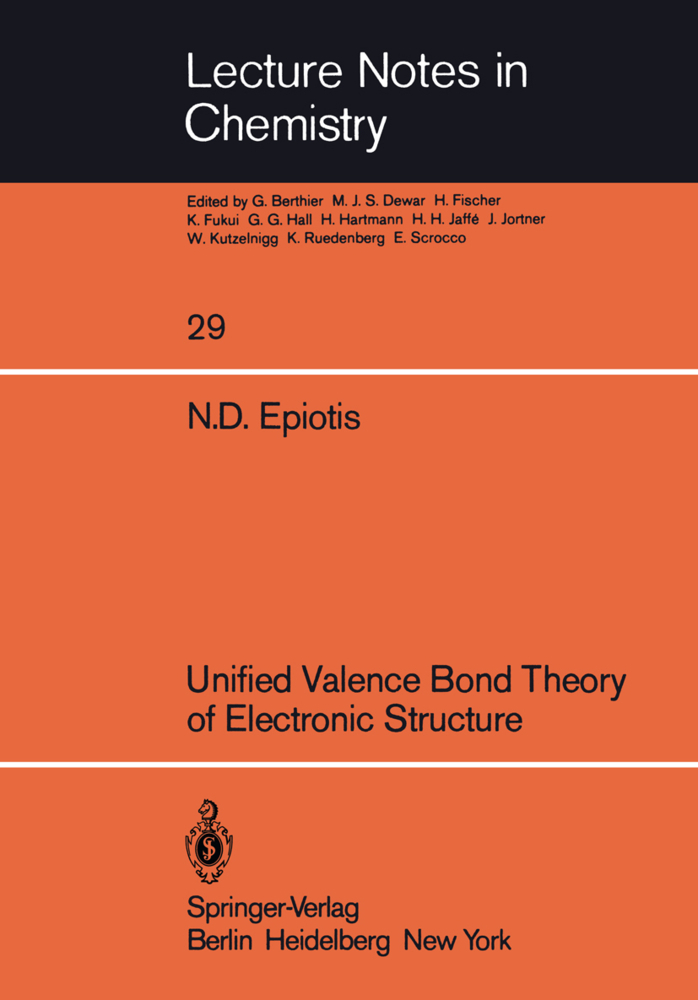Computational Aspects for Large Chemical Systems
Computational Aspects for Large Chemical Systems
1. 1 STATEMENT OF THE PROBLEM Quantum chemistry judged not from the ever present possibility of unex pected developments but on the basis of the achievements in the last fifty years, is predominantly limited to attempts to solve for the energy and expectation values of wave functions representing, in the limit, an exact solution to the Schroedinger equation. Because of well-known dif ficulties in system with more than about 50 electrons, the adopted ap proximations are generally rather crude. As examples of quantum chemical approximations we mention the total or partial neglects of electron correlation, the neglect of relativistic effects, the use of subminimal basis sets, the still present neglect of inner-core electrons in semi-empirical methods, the acceptance of the Born-Oppenheimer approximations, and so on. In general, the larger the system, in terms of the number of electrons, the cruder the approxima tion. In a way, the present status of quantum chemistry might appear as nearly paradoxical. Indeed, for small systems, where very accurate ex periments are often available, and therefore, there is not a great need to obtain (from quantum chemistry) predictions of new data but rather ,a theoretical interpretation of the existing data, we find increasi~gly powerful and reliable quantum chemical methods and techniques.
1.2 Definition of Chemical Complexity
1.3 On the Upper Limit of Quantum Chemical Computations
1.4 A General Method for Simulations of a Complex Chemical System
2.0 Complexity Because of the "Size" of the Largest Molecule in the System
2.1 Comments on Conformational Analyses for a Single Molecule
2.2 A New Method for Protein-Substrate Interaction Simulations.
2.3 Further Improvements for Enzymatic Reaction Simulations
3.0 Analyses of Chemical Bonds
3.1 Introduction
3.2 Bond Energy Analysis
3.3 One-Center Energies and the Molecular Orbital Valance State
3.4 Two-Center Bond Energy: Benzene
3.5 Orbital and Electron Energies
3.6 MOVS and Hybridization
3.7 Bond Energy Analysis: A "New" Formalism
3.8 Chemical Formulae From the Bonded Atom Pairs Analysis
3.9 Definition of Atoms and Molecules
3.10 BEA and Reaction Surface
3.11 BAP and Reaction Surface
3.12 Bond Energy Analysis and Vibrational Analysis
4.0 Atom-Atom Pair Potentials
4.1 Preliminary Comments
4.2 Atomic Classes for Atoms in Molecules
4.3 Determination of Two-Body Pair Potentials
4.4 Pair Potentials and Ab Initio Computations
4.5 Minimal Basis Set and Basis Set Superposition Error
4.6 The Dispersion Energy
4.7 Three and Many Body Corrections
5.0 Complexity Because of the Number of Components in the Chemical System
5.1 Liquid Water
5.2 Ion Water Clusters: Two Body Potentials
5.3 Ionic Solutions: Effective Two Body Potentials
5.4 Ionic Solutions: n-Body Correction
5.5 Energy Maps and Water Structure In Solutions
5.6 Monte Carlo Simulation of the Interaction Between Glycine and the Corresponding Zwitterion
5.7 Serine and the Corresponding Zwitterion
5.8 Enzyme-Water Interaction in Solution: APreliminary Study on Lysozyme
5.9 The Water Structure in the Active Cleft of Human Carbonic Anhydrase/B
5.10 Contour Maps for the Molecular Fragments of DNA
5.11 Monte Carlo Simulations for Bases and Base-Pairs in Nucleic Acids
5.12 Solvation of B-DNA Double Helix at T=300°K
5.13 Solvation of Na±B-DNA at 300°K
5.14 Conclusion
6.0 References.
1.0 Introduction
1.1 Statement of the Problem1.2 Definition of Chemical Complexity
1.3 On the Upper Limit of Quantum Chemical Computations
1.4 A General Method for Simulations of a Complex Chemical System
2.0 Complexity Because of the "Size" of the Largest Molecule in the System
2.1 Comments on Conformational Analyses for a Single Molecule
2.2 A New Method for Protein-Substrate Interaction Simulations.
2.3 Further Improvements for Enzymatic Reaction Simulations
3.0 Analyses of Chemical Bonds
3.1 Introduction
3.2 Bond Energy Analysis
3.3 One-Center Energies and the Molecular Orbital Valance State
3.4 Two-Center Bond Energy: Benzene
3.5 Orbital and Electron Energies
3.6 MOVS and Hybridization
3.7 Bond Energy Analysis: A "New" Formalism
3.8 Chemical Formulae From the Bonded Atom Pairs Analysis
3.9 Definition of Atoms and Molecules
3.10 BEA and Reaction Surface
3.11 BAP and Reaction Surface
3.12 Bond Energy Analysis and Vibrational Analysis
4.0 Atom-Atom Pair Potentials
4.1 Preliminary Comments
4.2 Atomic Classes for Atoms in Molecules
4.3 Determination of Two-Body Pair Potentials
4.4 Pair Potentials and Ab Initio Computations
4.5 Minimal Basis Set and Basis Set Superposition Error
4.6 The Dispersion Energy
4.7 Three and Many Body Corrections
5.0 Complexity Because of the Number of Components in the Chemical System
5.1 Liquid Water
5.2 Ion Water Clusters: Two Body Potentials
5.3 Ionic Solutions: Effective Two Body Potentials
5.4 Ionic Solutions: n-Body Correction
5.5 Energy Maps and Water Structure In Solutions
5.6 Monte Carlo Simulation of the Interaction Between Glycine and the Corresponding Zwitterion
5.7 Serine and the Corresponding Zwitterion
5.8 Enzyme-Water Interaction in Solution: APreliminary Study on Lysozyme
5.9 The Water Structure in the Active Cleft of Human Carbonic Anhydrase/B
5.10 Contour Maps for the Molecular Fragments of DNA
5.11 Monte Carlo Simulations for Bases and Base-Pairs in Nucleic Acids
5.12 Solvation of B-DNA Double Helix at T=300°K
5.13 Solvation of Na±B-DNA at 300°K
5.14 Conclusion
6.0 References.
Clementi, E.
| ISBN | 978-3-540-10014-0 |
|---|---|
| Artikelnummer | 9783540100140 |
| Medientyp | Buch |
| Copyrightjahr | 1980 |
| Verlag | Springer, Berlin |
| Umfang | V, 184 Seiten |
| Abbildungen | V, 184 p. |
| Sprache | Englisch |

